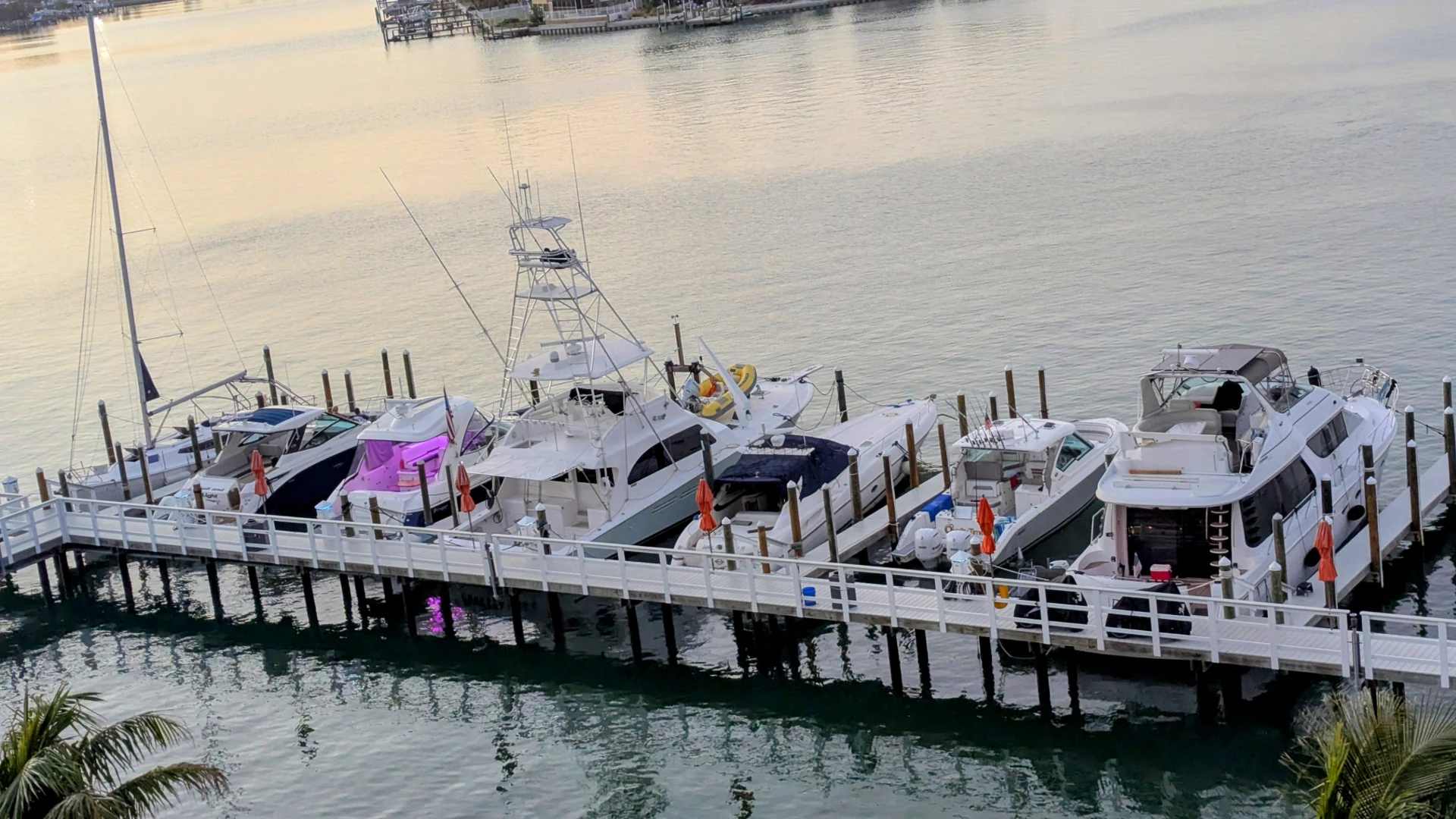
When we go to enjoy the outdoors, we often worry if there will be mosquitoes. According to the World Health Organization, mosquitoes account for approximately 1 million deaths per year worldwide due to diseases like malaria, West Nile virus, Zika, chikungunya and dengue fever with many more suffering from these diseases. For many, the solution to this risk is to apply topical insect repellents, though these products can have mixed results and some people express concerns about direct exposure to pesticides. A more effective solution to reduce biting activity and the potential for mosquito-borne illnesses can be found in an Integrated Pest Management (IPM) approach to mosquitoes.
In the United States, we can find as many as 176 species of mosquitoes with a range of habits, preferences and risks to human health. Mosquitoes range widely across temperate and tropical climates and their geographic range is expected to increase into the future. In the most basic sense, we describe mosquitoes by when they bite us, during the daytime or nighttime. One relatively recent introduction to the United States is the Aedes albopictus, the Asian tiger mosquito. The Asian tiger mosquito is active during the day, primarily for a few hours after sunrise and before sunset. These mosquitoes have a relatively short flight range, generally less than a few hundred yards from a breeding site. Despite this short flight range, the Asian tiger mosquito has expanded its geographic range to cover three-fourths of the continental United States and Hawaii, displacing another widespread species, the Aedes aegypti, yellow fever mosquitoes.
Asian tiger mosquitoes are between ¼- and ½-inch in length. The insect is black with white or silvery bands on the legs and abdomen and has a single white stripe on the top of the head and thorax. Typically, the Asian tiger mosquito ranges less than 700 feet from a water source, meaning all life stages typically can be found on a single property. The Asian tiger mosquito requires liquid water to lay eggs, which appear small, black and oval. These eggs are deposited singly above the waterline, hatching as the water level rises due to rain. Approximately 7 to 12 days after hatching, the adult mosquito emerges from the pupal stage. If the environmental conditions are not correct for hatching, eggs can remain viable for up to a year.
THE INSPECTION. The start of any mosquito service should be a thorough inspection of the property. Because water is essential for mosquito reproduction, pest management professionals should seek to identify any objects capable of retaining water for at least eight days. Keep in mind that mosquitoes do not require large amounts of water, so the inspection must identify all areas capable of retaining water. Common harborages for Asian tiger mosquitoes include old tires, toys, bird baths, planter trays, fire pits and tree holes. Inspections often will reveal larvae in the water, which are immediately noticeable for their wriggling movements. Adult Asian tiger mosquitoes prefer to rest in areas that are humid and windless, so heavy ground cover should be checked for the presence of adults.
The first step in mosquito control should be the elimination of any standing water found during the inspection of the property to identify harborages; that’s any object that can contain at least a tablespoon of water for an extended time. If possible, these harborages should have the water removed and eliminated from the property. There are several options for areas where standing water cannot be eliminated. One option is to introduce an insect growth regulator (IGR), of which there are several products on the market found in granular, block or liquid form. IGRs are registered pesticides and all label instructions must be followed thoroughly. Additional options include covering water sources with a fine mesh screening material so adult mosquitoes cannot access the water, introducing small fish or causing disruption to the surface of the water with a bubbler or waterfall. In some cases, the customer will need to complete these tasks after the service is concluded.
THE TREATMENT. Having identified and eliminated potential breeding sites from around the structure, the elimination of the adult mosquitoes will provide rapid relief and provide long-term population reduction. Applying a fine spray or mist of a pyrethroid or pyrethrin product to areas where mosquitoes rest, are likely to rest or may enter the structure, will reduce overall adult activity within hours to a few days. Fine sprays or mists are better able to penetrate foliage and reach the undersides of leaves where mosquitoes rest during periods of low activity. When applying products in a fine spray or mist, be especially cautious to manage drift. Ensure that the product selected meets all federal, state and local regulatory requirements for your area.
It is important to note that many of the insecticides that reduce mosquito activity also can impact pollinators such as bees. The pesticide label will provide direction on how to reduce this risk. Utilizing local educational resources such as state university extension programs also can be a good way to become educated on reducing risks to pollinators. Failure to take appropriate precautions for your local area can result in environmental harm, regulatory fines and negative press.
Before completing service, it is important to check for potential entry points into the structure. Mosquitoes easily can become a significant nuisance inside a home with poor-fitting screens so it is important to inspect screens for tears or poor fit. In commercial settings, an air curtain at entries with high traffic may be an appropriate tool. Applying insecticides around door and window frames also will reduce mosquito entry into the structure.
The PMP also should establish a monitoring system for mosquito programs. This can be as simple as a follow-up call a few days after the service, having a conversation at the start of the next service or can include installing monitoring devices. It is important to set realistic expectations with customers receiving mosquito service at this time. While an effective mosquito program can reduce the number of mosquitoes on a property, these are flying insects and re-introduction is likely, especially after periods of rain. Because of this, service frequency should be high, every three to eight weeks, depending on local pressure. All action items for the customer should be agreed upon and discussed when reviewing the service ticket with the customer.
IPM programs rely not only on reducing the adult population, but also by reducing the overall reproductive success of the pest. An IPM program requires customer cooperation, and also the specific knowledge of where the pest reproduces and how to address those areas. IPM programs can be adapted to any pest and, when enacted diligently, lead to a long-term reduction in pest populations.
Steve Russo is the regional support manager for Terminix Hawaii. He earned his bachelor of science degree in natural resources and environmental management from the University of Hawaii. He has supported Terminix employees in developing technical skills for the past three years and previously worked with the Hawaii Department of Agriculture.

Explore the May 2020 Issue
Check out more from this issue and find your next story to read.
Latest from Pest Control Technology
- Petti Pest Control Owners Reflect on Finding Success as a Father-Son Duo
- Mosquito Control: Spraying vs. IPM
- Terminix Service's Leaders Inducted into South Carolina Business Hall of Fame
- Richard Christner on Colorado's State Preemption Roll Back Affecting Business Growth
- How to Get Rid of Odorous House Ants
- Massey Services Promotes Herndon to Director of Sales for Multi-Family Division
- NPMA Announces First Recipients of NPMA PRO Certified Credential
- Pestmaster of the Hudson Valley Acquires Catskill Animal Damage Control





